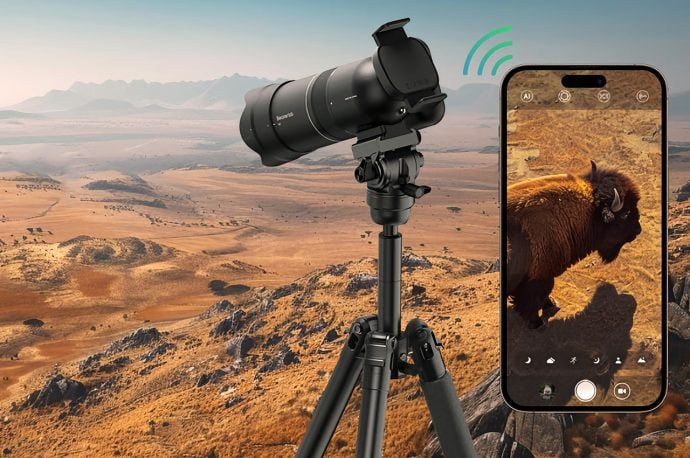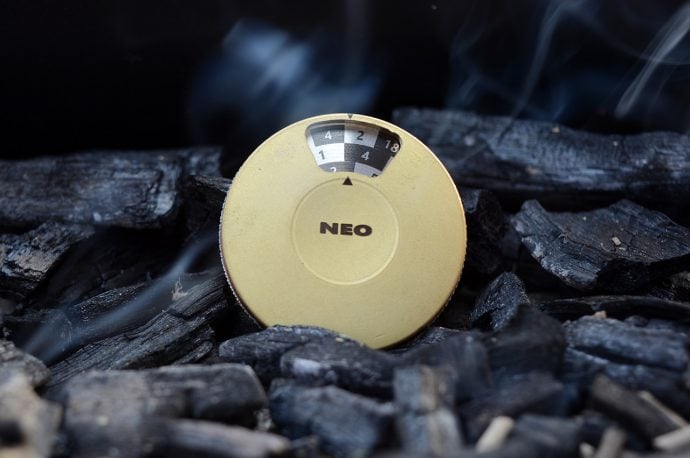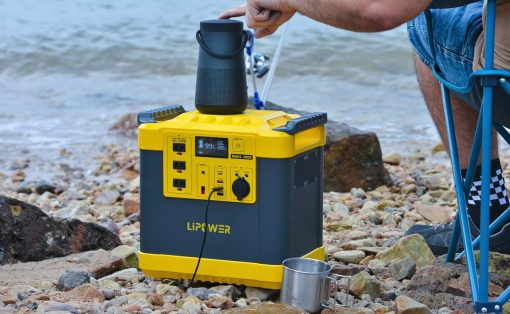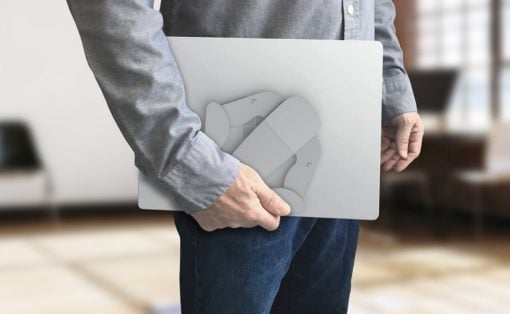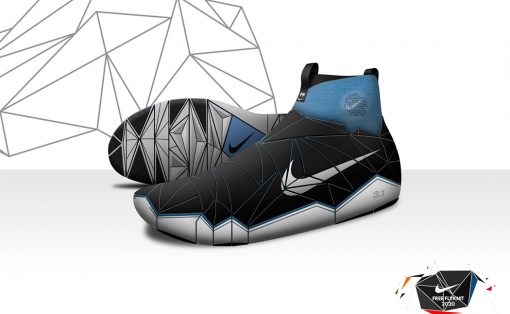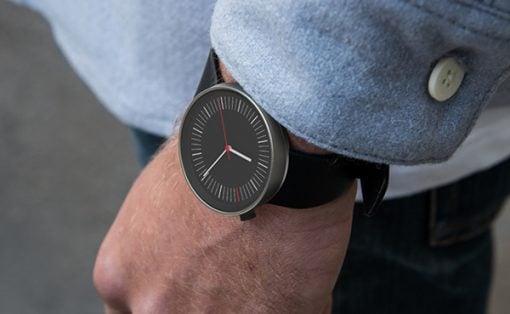
One of the staples of Hollywood teen movies from the 80s and 90s is that one girl (or guy) who gets bullied or teased if they’re wearing a back brace for their scoliosis. Of course we all now know better (I hope) but the fact remains that these braces can be bulky and highly unfashionable. What’s more, they’re custom fit for users but teenagers, who are mostly affected by this condition, grow up fast so they are quickly outgrown. But the past years, we’re getting better designs for back braces and some of them are even more sustainable.
Designer: Sangyu Xi


One of the better-designed ones is the award-winning prototype called Airy which is a lightweight, comfortable, fashionable, and even sustainable kind of brace to correct the lateral curvature of the spine. The designer actually created this after talking with a group of adolescent girls, which is the demographic most affected by scoliosis. She tried to solve the pain points of the current back braces available in the market and came up with something that is not just comfortable but adjusts to the still-growing bodies of its users.


The design improves on the Cheneau light brace and adopts the basic architecture but modifies the side pieces to be asymmetrical so it can be easily adjusted whether left or right curvature is needed. The prototype is made from translucent polylactic acid (PLA) and its padding has a voronoi pattern not just for aesthetics but to let the brace breathe. The foam also leaves more room for proper air circulation. Instead of using the velcro strap that users are used to, this contraption has a nylon cord with a three-point connection as its closure. There is also an app that can be connected to the brace through a smart device so the development can be monitored.



Since adolescents may sometimes feel awkward about wearing braces, the Airy has fabric-like patterns so they can wear it even with their summer wear and beachwear where the braces might be exposed. There are also five color options to choose from to adapt to the user’s preferences: coral, rose, monochrome, chartreuse, and turquoise. And since this doesn’t use synthetic glues, the rigid parts of the brace can then be recycled. The prototype and product renders show this to be something that can not just help teens with their scoliosis but can also make braces look a bit fashionable.






